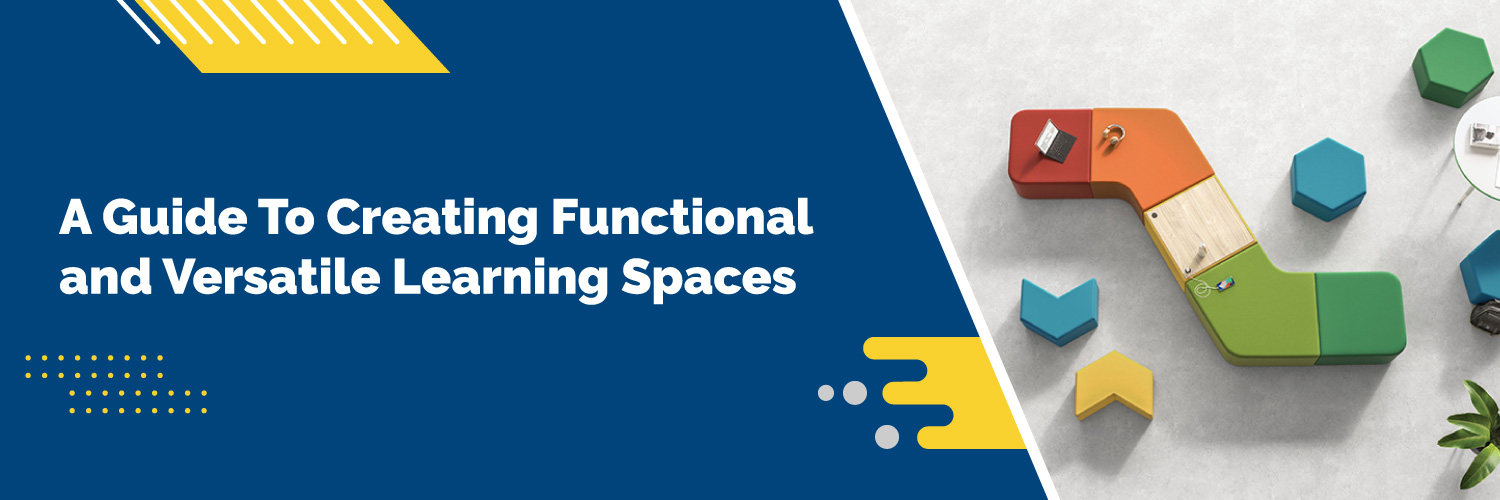Creating functional and versatile learning spaces can be challenging, especially in a school environment. When it comes to furnishing the space, there is a lot to consider. Gateway Furniture has a range of solutions that can help schools make the most of their learning spaces. From training tables and modular furniture to desks and storage solutions, they provide the perfect combination of form and function. In this guide, we’ll explore how these pieces of educational furniture can help create a more efficient and productive learning environment.
Improving Educational Spaces with Modular Furniture
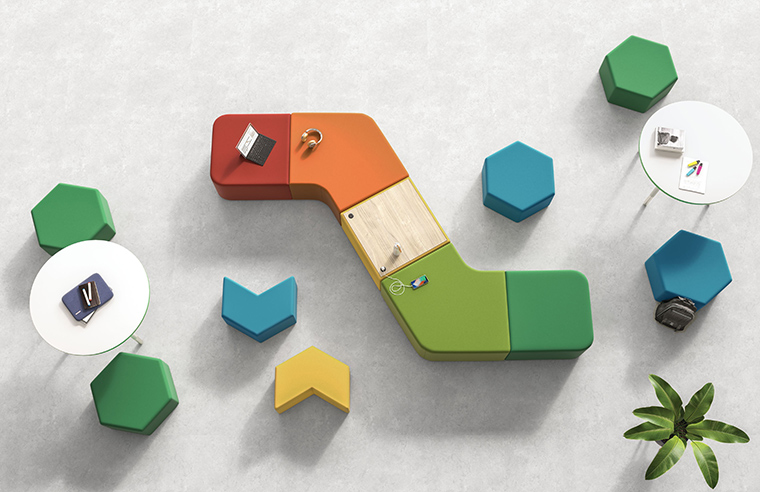
When it comes to improving educational spaces, modular furniture offers a practical and versatile solution. Modular furniture is designed to be easily rearranged and reconfigured, allowing for maximum flexibility and adaptabili ty in any learning environment. Whether it’s a classroom, library, or common area, modular furniture can be customized to meet the unique needs of students and teachers.
One of the main benefits of modular educational furniture is its ability to create collaborative spaces. By arranging modular seating and tables in different configurations, educators can foster a sense of community and promote collaboration among students. Whether it’s group work, discussions, or presentations, modular furniture can be easily arranged to accommodate different learning activities.
In addition to fostering collaboration, modular furniture also helps optimize space utilization. Traditional fixed furniture can limit the ways in which a room can be used, but modular furniture can be rearranged to make the most of every square inch. This is particularly important in schools where space is often limited. With modular furniture, schools can make better use of their available space and create multipurpose areas that can be used for various activities.
Furthermore, modular furniture promotes a student-centered learning approach. By allowing students to easily rearrange furniture according to their needs, it encourages them to take ownership of their learning environment. This sense of ownership can enhance engagement and creativity, as students feel empowered to create spaces that work best for them.
Makerspace and STEM Planning for Improved Engagement
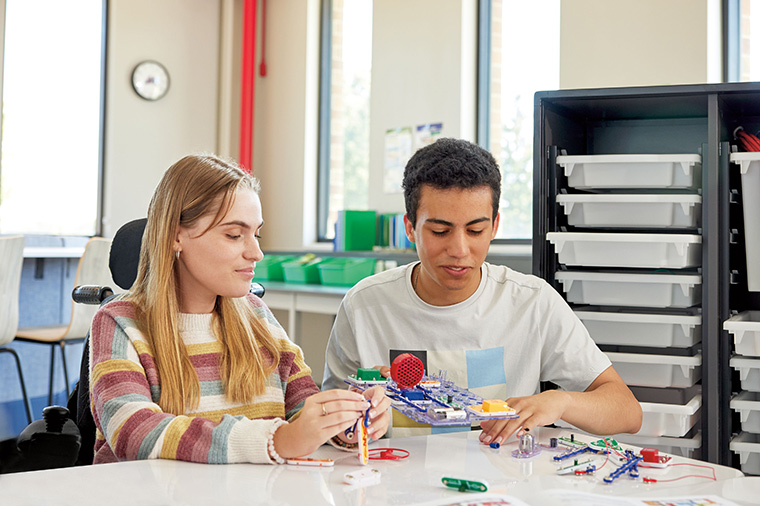
Makerspaces and STEM (Science, Technology, Engineering, and Mathematics) planning are essential components of modern educational spaces. These areas provide students with the opportunity to engage in hands-on learning, foster creativity, and develop critical thinking skills.
In a makerspace, students have access to a wide range of tools, materials, and technologies to create, tinker, and explore. From 3D printers and robotics kits to woodworking tools and electronics, these spaces encourage students to become active participants in their learning.
When planning for a makerspace, it’s important to consider the needs of students and the specific STEM subjects they will be studying. This includes providing appropriate equipment, ensuring safety measures are in place, and creating a layout that maximizes efficiency and collaboration.
Gateway Furniture offers a range of solutions to support makerspace and STEM planning. Modular furniture can be easily rearranged to accommodate different projects and activities. Additionally, the variety of storage solutions provide a convenient way to organize and store materials, ensuring that everything is easily accessible for students.
Maximizing Flexibility and Efficiency with Multipurpose Furniture
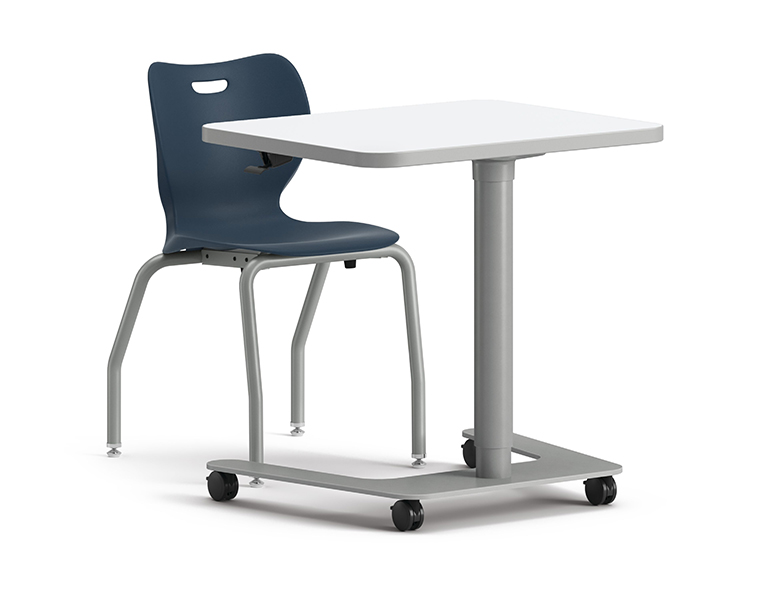
When it comes to creating functional and versatile learning spaces, one key factor to consider is the use of multipurpose furniture. Multipurpose furniture is designed to serve multiple functions, allowing schools to maximize their flexibility and efficiency in various ways.
One of the main benefits of multipurpose furniture is its ability to save space. With limited square footage in schools, it’s important to make the most of every inch. Multipurpose furniture, such as desks that can be folded or stacked, or storage units that can double as seating, allows schools to utilize their space more efficiently. By having furniture that can easily be rearranged or repurposed, schools can adapt to different needs and activities without having to invest in additional furniture or compromise on the available space.
In addition to space-saving benefits, multipurpose furniture also promotes sustainability. By investing in furniture that serves multiple functions, schools can reduce their carbon footprint by minimizing waste and the need for constant replacement. Multipurpose furniture is built to be durable and long-lasting, ensuring that it can withstand the demands of daily use in educational environments.
Furthermore, multipurpose furniture fosters a sense of creativity and adaptability in students. By providing them with furniture that can be used in various ways, schools encourage students to think outside the box and explore different ways of using their learning environment. This flexibility promotes problem-solving skills, critical thinking, and adaptability, which are all essential for success in today’s rapidly changing world.
Designing for Ergonomics
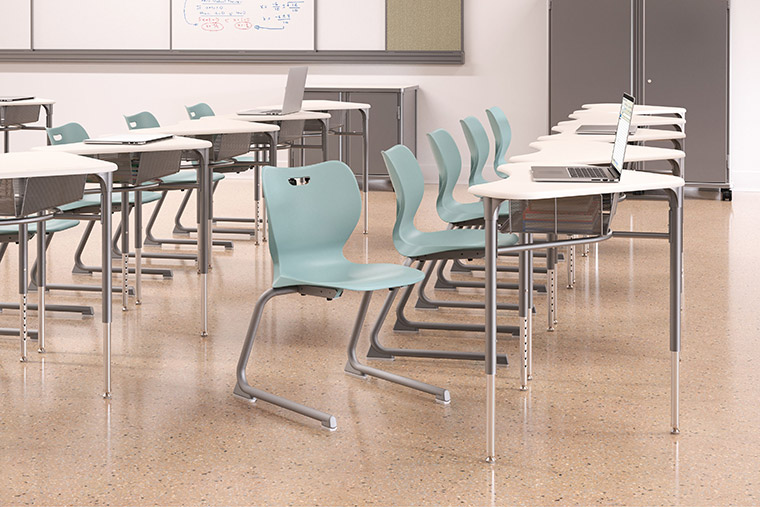
Designing for ergonomics is crucial in creating comfortable and supportive learning spaces. When it comes to educational spaces, considering ergonomic principles can have a significant impact on students’ physical health, productivity, and overall learning experience.
One key aspect of designing for ergonomics is providing adjustable furniture that can be easily customized to fit everyone’s unique needs. Adjustable chairs and desks, for example, allow students to find the most comfortable position for their body, preventing discomfort, fatigue, and potential musculoskeletal issues. These adjustable features also accommodate students of different heights and body types, ensuring that everyone can find a suitable seating arrangement.
Furthermore, designing for ergonomics involves considering the layout and organization of the learning space. By arranging furniture and equipment in a way that promotes easy movement and accessibility, students can navigate the space efficiently, minimizing potential tripping hazards and promoting a sense of flow and ease.
Enhancing Collaboration and Creativity with Configurable Seating
Configurable seating is a key element in creating collaborative and creative learning spaces. It allows for flexibility and adaptability, enabling students to work together in various configurations and explore new ways of learning.
With configurable seating, classrooms can be transformed into dynamic and interactive environments that promote collaboration and engagement. By using seating options such as movable chairs, stools, or even bean bags, educators can easily rearrange their seating arrangements to accommodate different group sizes or learning activities. This encourages teamwork, communication, and the sharing of ideas among students.
In addition to promoting collaboration and individualized learning, configurable seating enhances creativity. It provides students with the freedom to choose their seating arrangements based on their specific tasks or projects. For example, a group of students working on a group project may choose to sit in a circular formation to encourage discussion and brainstorming.
On the other hand, students working individually on a creative writing assignment may prefer a more secluded and quiet seating arrangement. The ability to customize seating configurations promotes creative thinking and problem-solving skills among students.
Educational Storage Solutions
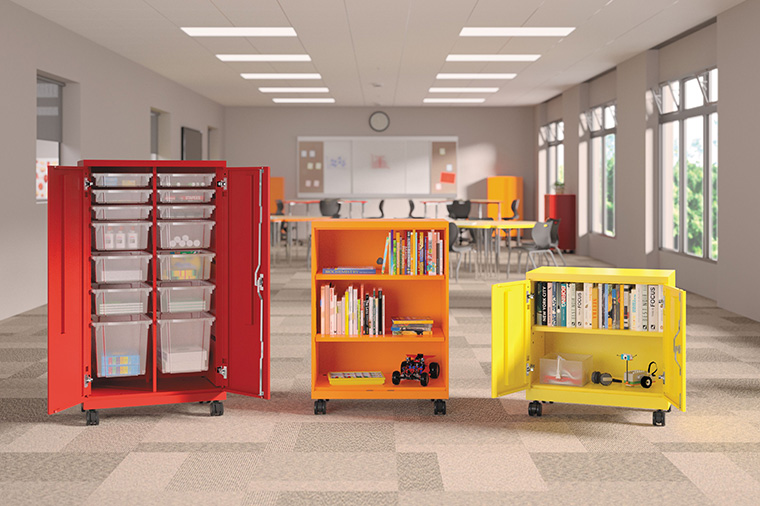
In addition to furniture that enhances collaboration and creativity, it is important for educational spaces to have effective storage solutions. Educational storage solutions play a crucial role in maintaining an organized and clutter-free learning environment. By providing designated spaces for materials, books, and supplies, storage solutions help students and teachers stay focused and easily access the resources they need.
Gateway Furniture offers a variety of storage options specifically designed for educational settings. Their storage solutions include bookshelves, cabinets, and mobile storage units. These storage options are not only functional but also aesthetically pleasing, contributing to a visually appealing learning environment.
One of the key advantages of Gateway Furniture’s educational storage solutions is durability. Designed to withstand the demands of daily use, these storage units are built to last. They are made from high-quality materials that are resistant to wear and tear, ensuring that they can withstand the test of time in busy educational environments.
Additionally, Gateway Furniture’s storage solutions are designed with versatility in mind. They offer a range of sizes, shapes, and configurations to accommodate different storage needs. Whether schools require storage for books, art supplies, or technology equipment, Gateway Furniture has options that can be tailored to fit specific requirements.
How Gateway Furniture Can Improve Your Environment

Gateway Furniture offers a wide range of solutions to help schools create functional and versatile learning spaces. By incorporating their training tables, modular furniture, desks, and storage solutions, schools can maximize their space, promote collaboration, and enhance student engagement. Working with a dedicated commercial interior designer will not only improve efficiency, but also create cohesion throughout the environment.
With their innovative furniture options, Gateway Furniture can greatly improve the efficiency and productivity of any learning environment. Get started with Gateway today!

